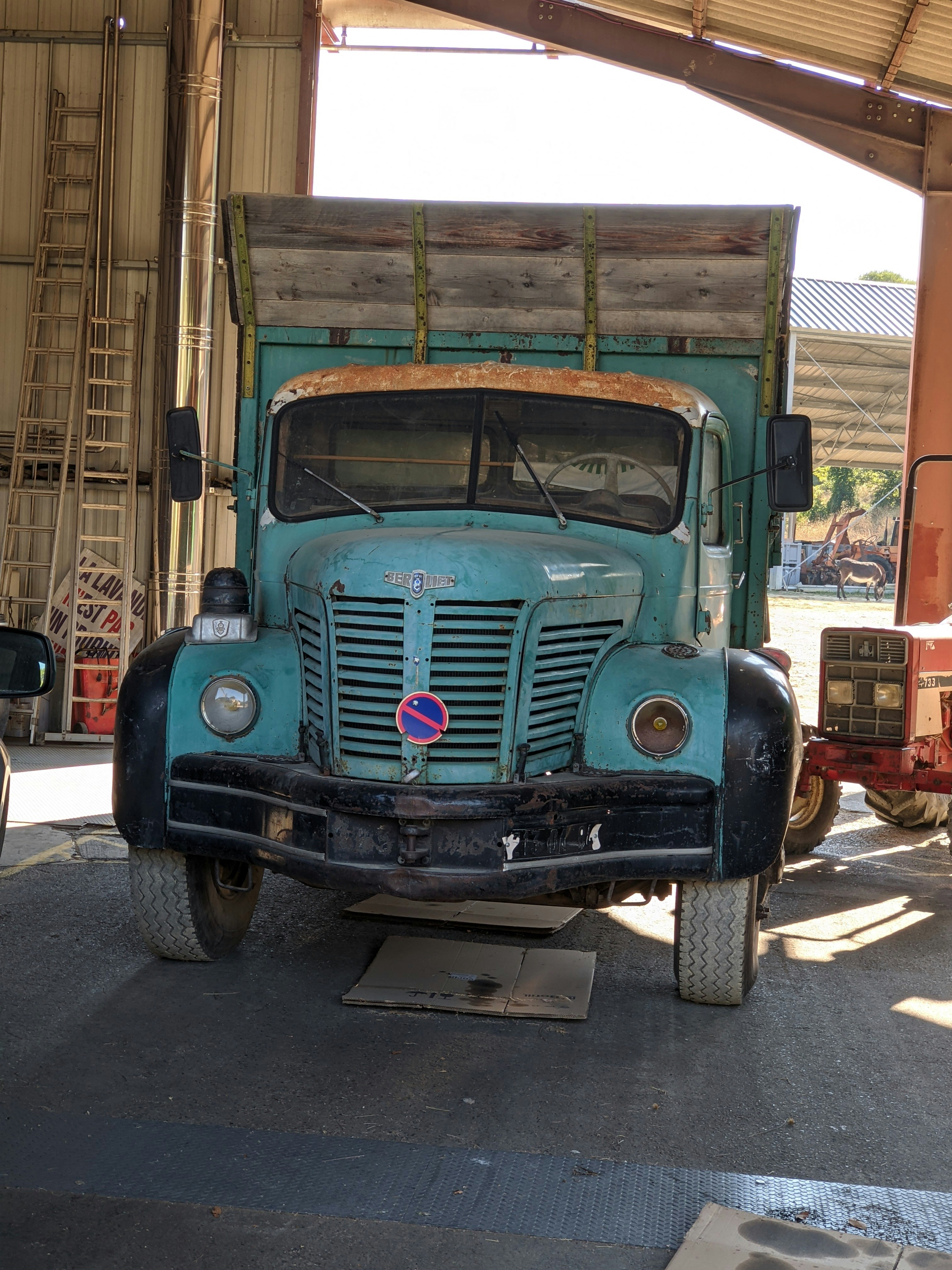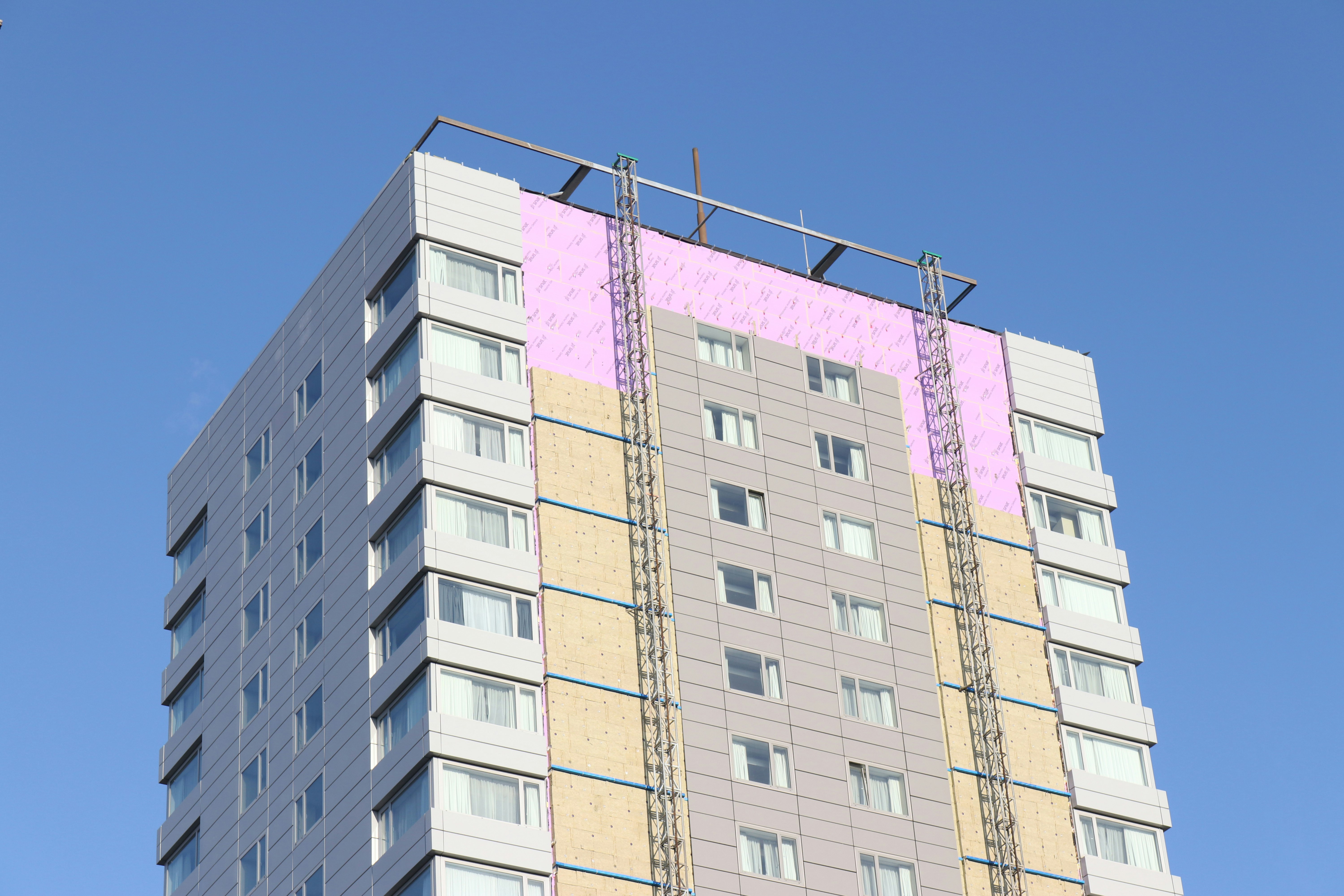Weather across the country is expected to be warmer than usual. For the construction industry, this means putting extra attention on best practices to prepare workers for working in high heat conditions.
High risk conditions for crews include a Heat Index of 103 to 115 degrees Fahrenheit. In such conditions, every worksite needs a team member who is trained to establish work/rest periods, encourage frequent hydration, and monitor crews for signs of heat-related illness. Also, signs and symptoms of heat stress should be reviewed at toolbox talks as well as being posted in high visibility areas at a job site.
Remember that workers who show signs of heat stress require immediate medical attention. Although outdoor crew members consider themselves to be tough, and thick-skinned, workers should be reminded that working through fatigue and discomfort in the heat could lead to fatal outcomes for employees. Construction companies can be held liable for fines or legal action as a result.
OSHA provides a variety of educational resources on the subject of heat related illness. The following tips and resources are vital to keeping workers safe and healthy.
- Enforce work/rest schedules by making shaded areas, including use of pop-up canopies and watering stations, easily accessible to crews. If possible, provide temporary cooling mist stations like those seen at sporting events and state fairs.
- Acclimatize crew members. Schedule shorter shifts for crew members who are just starting strenuous work in the heat to allow sufficient time (up to two weeks) for physiological adjustment. Rotate physically demanding work among those who are already adjusted to hot weather conditions.
- Schedule heavy work early in the day. Crews can work more efficiently and safely if more demanding heavy work is done early in the day when heat is less intense and the sun isn’t blaring down on a work site. Working later in the day or adding night shifts are another option that can work for a variety of job sites.
- Consider the impact of gear and clothing. Some crews have to wear clothing that protects them from chemicals or debris. These fabrics typically don’t ventilate well, putting additional heat stress on the body. If work can’t be scheduled during cooler hours of the day or at night, use the above schedule strategies to minimize risk to workers. Also, when workers are outside of a hazardous area, they remove protective gear (e.g., hats, gloves, vests) to help cool the body.
- Don’t forget skin and eye protection. Workers should be applying sunscreen regularly throughout the day and wearing appropriate eye protection, including sunglasses.
Encourage the use of cooling vests, packs and other personal cooling aids which can be provided through the company or selected by each employee for their personal use.
A few resources are:












